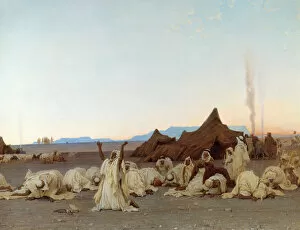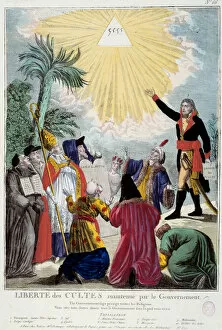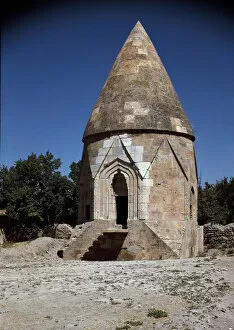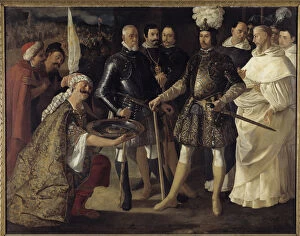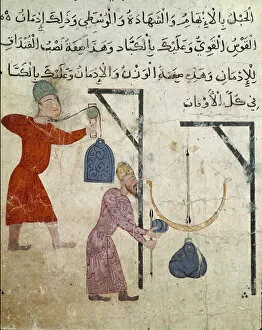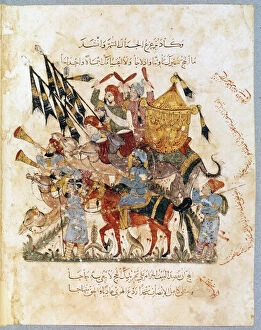Muslim Religion Collection (#22)
The Muslim religion is a rich tapestry of history, culture, and faith
For sale as Licensed Images
Choose your image, Select your licence and Download the media
The Muslim religion is a rich tapestry of history, culture, and faith. It encompasses centuries of triumphs and challenges, as seen in the Battle of Poitiers where Charles Martel defeated between Tours. This pivotal moment shaped the course of Islamic expansion. A glimpse into India during the reign of Mughal Emperor Akbar reveals the grandeur and influence of Islam through a captivating engraving from the 16th century. The intricate details depict a thriving empire that left an indelible mark on Indian history. Inscribed on a tombstone lies the memory of a Muslim girl from 1040, her story forever etched in marble. It serves as a poignant reminder that individuals have played significant roles within this vast religious community throughout time. The beauty and reverence for sacred texts are showcased in a double page from a Qur'an written in kufic script during the late 9th century AD. Its inked words and vibrant colors exemplify both artistic skill and devotion to Allah's teachings. Diving into more recent times, we catch glimpses of everyday life through snapshots like a postcard featuring a young Turkish woman performing her toilet at the beginning of the 20th century. These intimate moments humanize Muslims by showcasing their diverse experiences across different eras. Religious costumes also play an essential role in expressing one's faith identity. An engraving portrays various religious leaders such as Presbyterian pastors, Anglican eveques, popes (Orthodox priests), rabbis, and even muezzins responsible for launching calls to prayer at mosques—a testament to diversity within religious practices worldwide. Turning our attention back to historical figures who shaped Islam's foundation, we encounter Muhammad (570-632) alongside Abu Bakr during their migration to Medina (Hijra) in 622—fleeing persecution in Mecca. Their journey marked not only physical relocation but also laid down principles that would guide generations to come.































